How To Connect Cctv Camera To Tv ?
To connect a CCTV camera to a TV, you will need to follow these steps:
1. Check the type of CCTV camera you have. Most cameras have either a BNC or RCA connector for video output.
2. Identify the available video input ports on your TV. Common options include HDMI, VGA, or composite (RCA) inputs.
3. Choose the appropriate cable to connect the camera to the TV. If your camera has a BNC connector, you will need a BNC to RCA adapter or cable. If it has an RCA connector, you can use an RCA cable directly.
4. Connect one end of the cable to the video output port on the camera and the other end to the corresponding input port on the TV.
5. Power on both the camera and the TV.
6. Use the TV remote or menu settings to select the correct input source for the camera.
7. You should now be able to see the CCTV camera's video feed on your TV screen.
Note: Depending on the camera and TV models, you may need to adjust settings such as resolution or aspect ratio for optimal viewing. Refer to the user manuals for specific instructions.
1、 Analog CCTV Camera to TV Connection
To connect an analog CCTV camera to a TV, you will need a few components and follow a simple process. Here's a step-by-step guide on how to do it:
1. Gather the necessary equipment: You will need an analog CCTV camera, a coaxial cable, a power adapter for the camera, a BNC to RCA adapter, and an RCA cable.
2. Connect the camera to the power source: Plug the power adapter into an electrical outlet and connect it to the camera. Ensure that the camera is receiving power.
3. Connect the camera to the TV: Take the coaxial cable and connect one end to the camera's video output port. Connect the other end to the TV's antenna input port.
4. Set the TV to the correct input: Turn on the TV and use the remote control to navigate to the input/source menu. Select the input source that corresponds to the antenna input port you connected the camera to.
5. Adjust the camera angle and focus: Once the TV is displaying the camera's video feed, you can adjust the camera's angle and focus to get the desired view.
It's important to note that analog CCTV cameras are becoming less common as digital IP cameras are gaining popularity. IP cameras offer higher resolution, better image quality, and more advanced features. They can be connected to TVs or other devices using network cables or wirelessly through a network video recorder (NVR).
If you are considering installing a new CCTV system, it may be worth exploring IP cameras for their enhanced capabilities. However, if you already have an analog CCTV camera and a TV, the above steps will help you connect them.
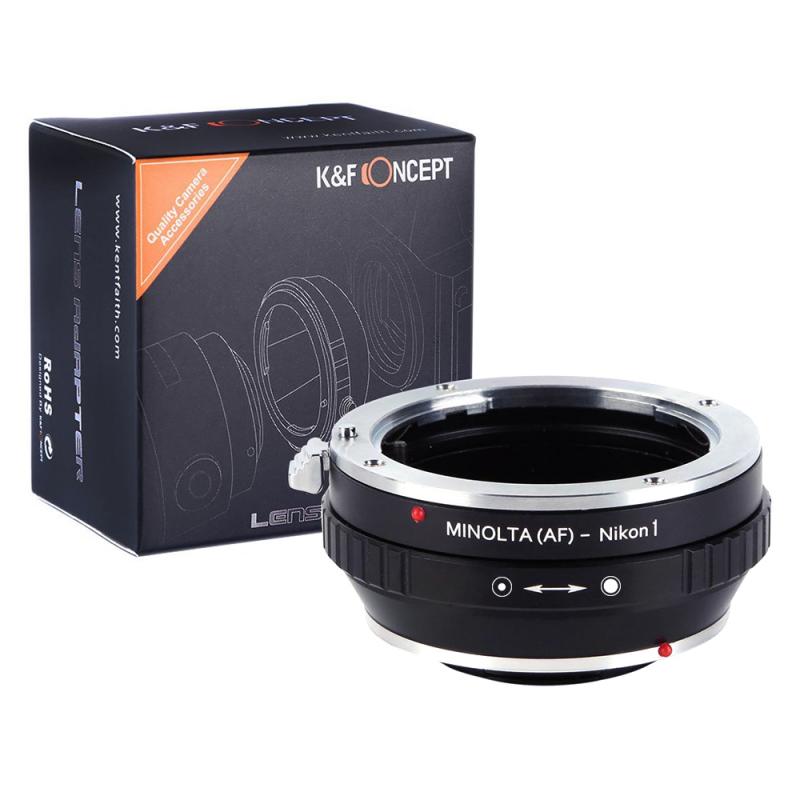
2、 IP CCTV Camera to TV Connection
To connect a CCTV camera to a TV, you have two options depending on the type of camera you have: analog CCTV camera or IP CCTV camera.
For analog CCTV cameras, you will need a BNC to RCA adapter. Start by connecting the BNC end of the adapter to the camera's BNC output. Then, connect the RCA end of the adapter to the TV's RCA input. Make sure to match the colors of the connectors (yellow for video and white for audio) to the corresponding inputs on the TV. Once connected, switch the TV to the appropriate input source, and you should be able to see the camera's feed.
On the other hand, if you have an IP CCTV camera, the process is slightly different. IP cameras transmit video over an internet protocol network, so you will need to connect the camera to the same network as your TV. Most IP cameras have an Ethernet port, so you can connect the camera directly to your router using an Ethernet cable. Once connected, you can access the camera's feed on your TV by using a smart TV with built-in IP camera viewing capabilities or by using a streaming device, such as a Chromecast or Roku, to cast the camera's feed from a smartphone or computer to the TV.
It's worth noting that the latest trend in CCTV camera technology is the shift towards IP cameras. These cameras offer higher resolution, better image quality, and more advanced features compared to analog cameras. Additionally, IP cameras can be easily integrated into existing network systems, allowing for remote access and monitoring.

3、 Wireless CCTV Camera to TV Connection
To connect a CCTV camera to a TV, you have two options: wired or wireless. The wired connection involves running cables from the camera to the TV, while the wireless connection uses a wireless transmitter and receiver to transmit the video signal.
For a wired connection, you will need a coaxial cable or an HDMI cable, depending on the type of camera and TV you have. Connect one end of the cable to the camera's video output port and the other end to the TV's input port. Make sure to select the correct input source on your TV to view the camera's feed.
On the other hand, a wireless connection requires a wireless transmitter and receiver. The camera is connected to the transmitter, which wirelessly transmits the video signal to the receiver connected to the TV. This eliminates the need for running cables, providing more flexibility in camera placement.
Wireless CCTV camera systems have become increasingly popular due to their convenience and ease of installation. They offer high-quality video transmission and can be accessed remotely through mobile devices or computers. Additionally, some wireless systems offer advanced features such as motion detection and night vision.
When choosing a wireless CCTV camera system, ensure that it is compatible with your TV and has a reliable wireless range. It is also important to secure the wireless network to prevent unauthorized access to the camera feed.
In conclusion, connecting a CCTV camera to a TV can be done either through a wired or wireless connection. The choice depends on your specific requirements and preferences. Wireless systems offer more flexibility and convenience, but wired connections may be more reliable in certain situations.
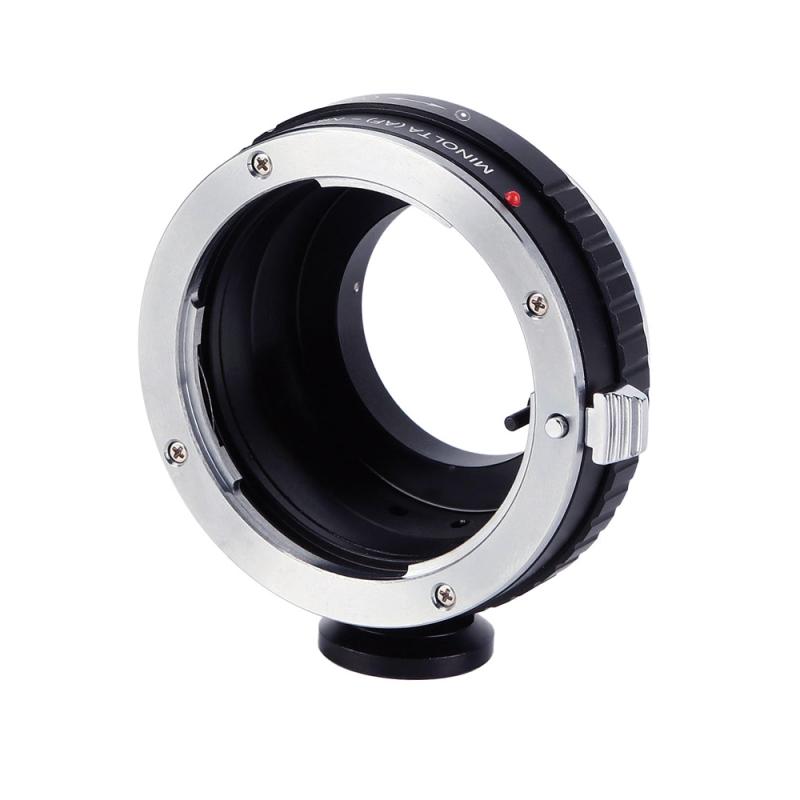
4、 HDMI CCTV Camera to TV Connection
To connect a CCTV camera to a TV, you have a few options depending on the type of camera and TV you have. One common method is to use an HDMI cable for a direct connection. This allows for high-quality video and audio transmission.
First, ensure that your CCTV camera has an HDMI output port. Most modern cameras have this feature, but older models may require an adapter. Next, locate the HDMI input port on your TV. It is usually labeled as "HDMI" and may be located on the side or back of the TV.
Once you have identified the ports, simply connect one end of the HDMI cable to the camera's HDMI output port and the other end to the TV's HDMI input port. Make sure both devices are powered on and set the TV to the correct HDMI input channel. You should now see the CCTV camera's video feed on your TV screen.
It's important to note that not all CCTV cameras have HDMI output capabilities. Some may use different types of connections such as BNC or RCA. In such cases, you may need additional adapters or converters to connect the camera to the TV.
Additionally, with the advancements in technology, wireless CCTV cameras have become increasingly popular. These cameras can be connected to a TV using Wi-Fi or Bluetooth. This eliminates the need for physical cables and provides more flexibility in camera placement.
In conclusion, connecting a CCTV camera to a TV can be done using an HDMI cable or other appropriate adapters depending on the camera and TV's ports. It's always recommended to refer to the user manuals of both devices for specific instructions and compatibility information.
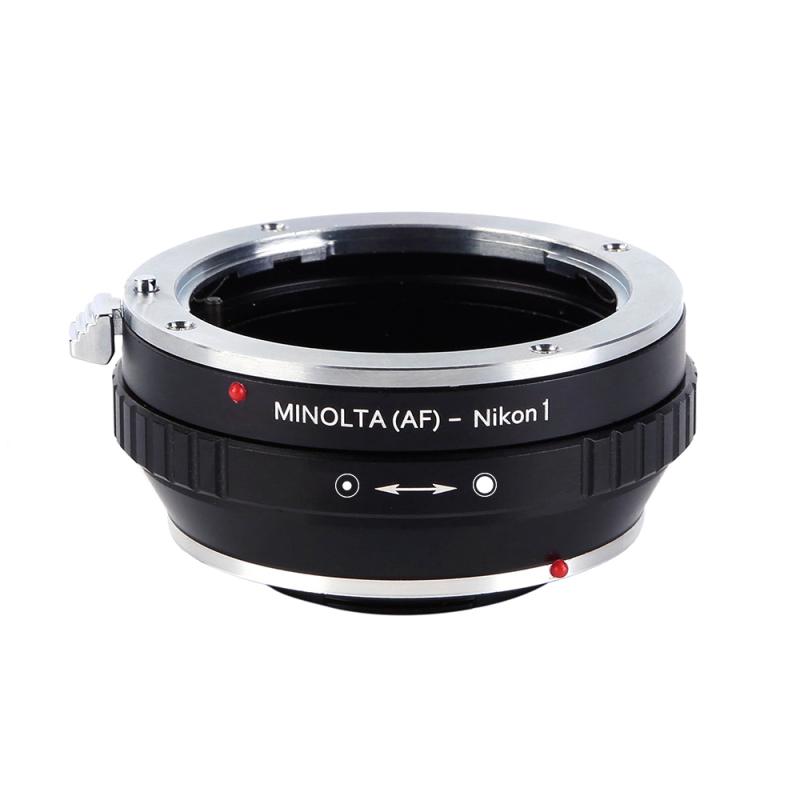








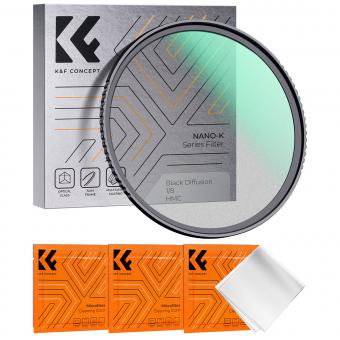


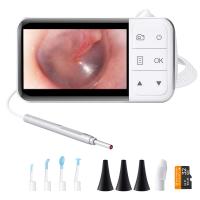
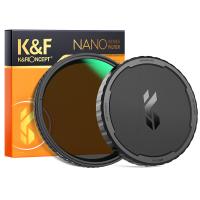
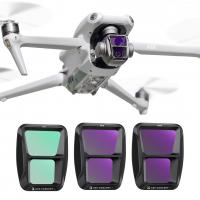

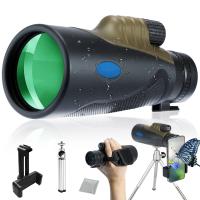

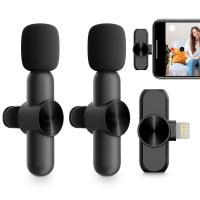
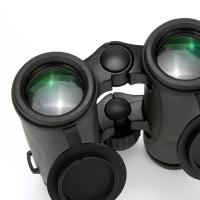

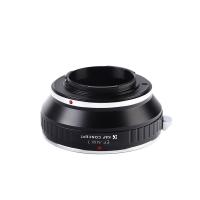
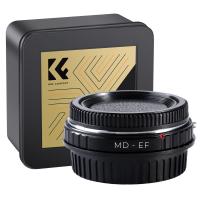

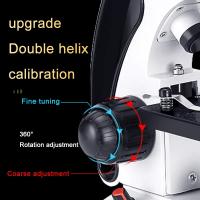



There are no comments for this blog.